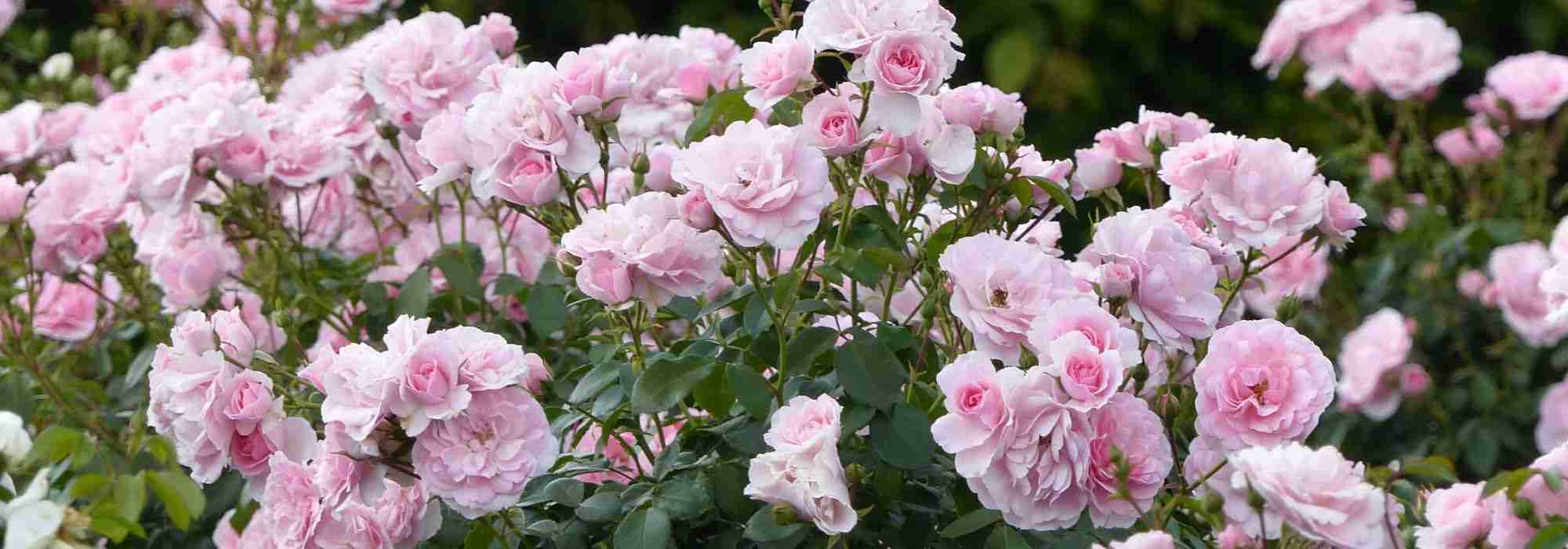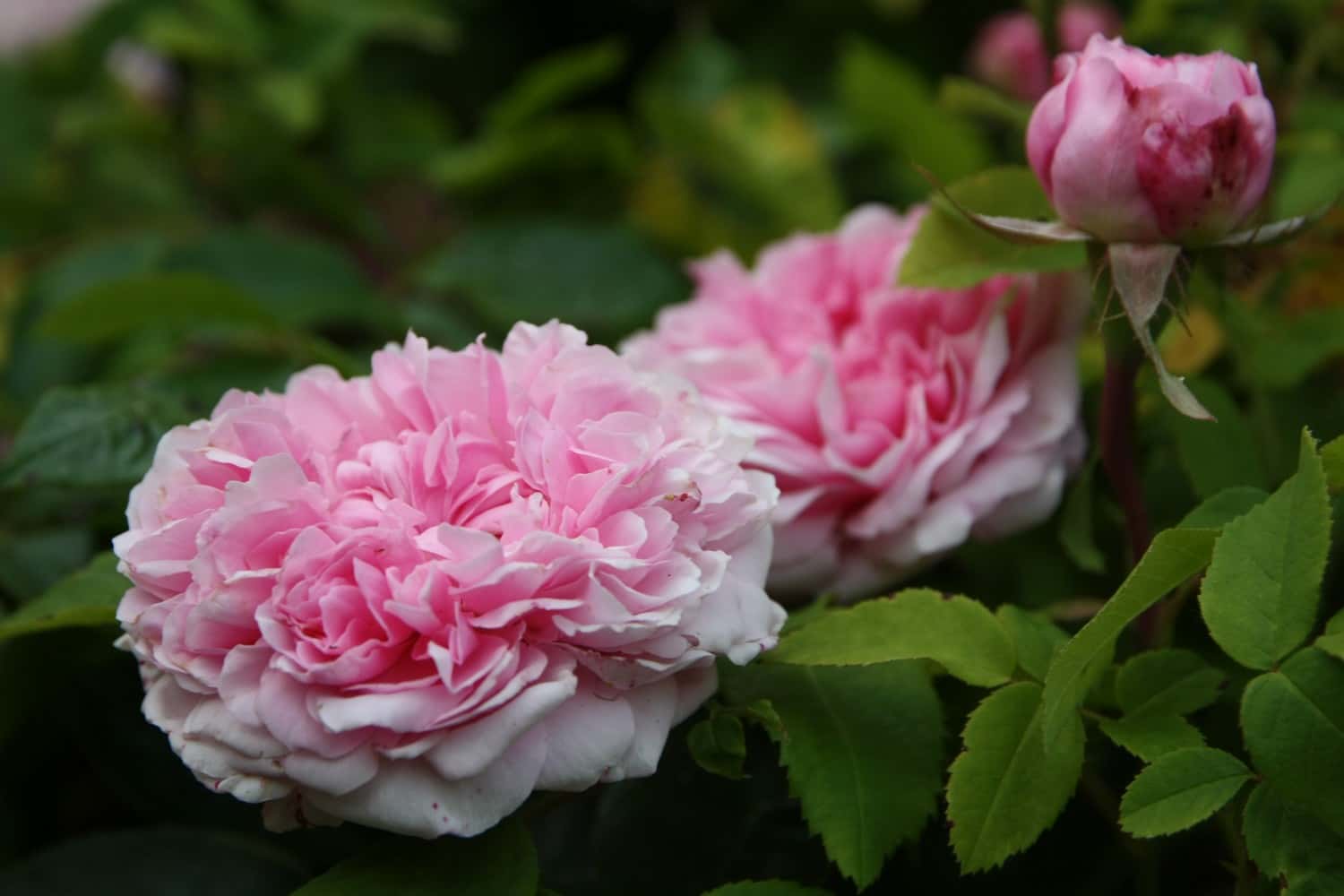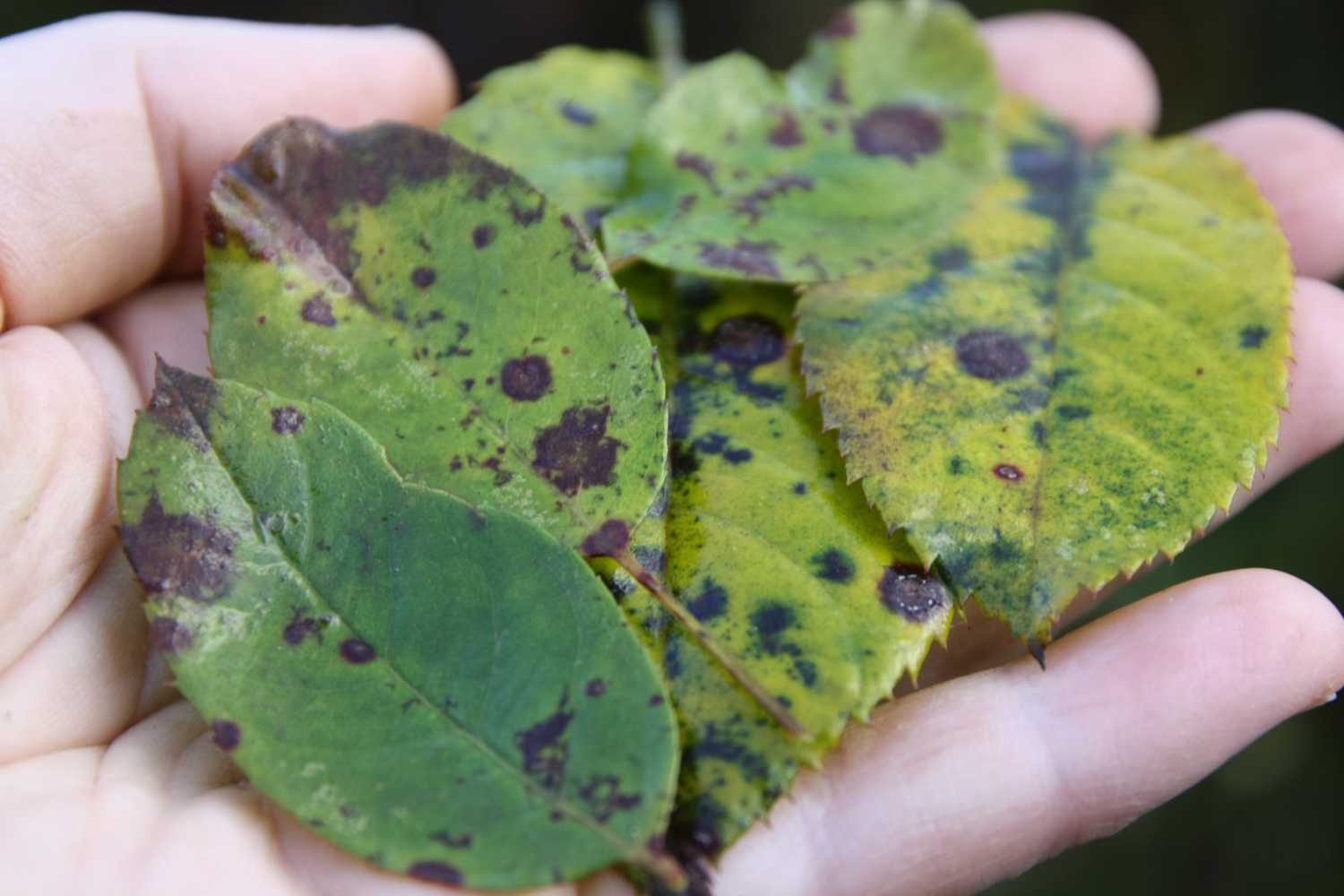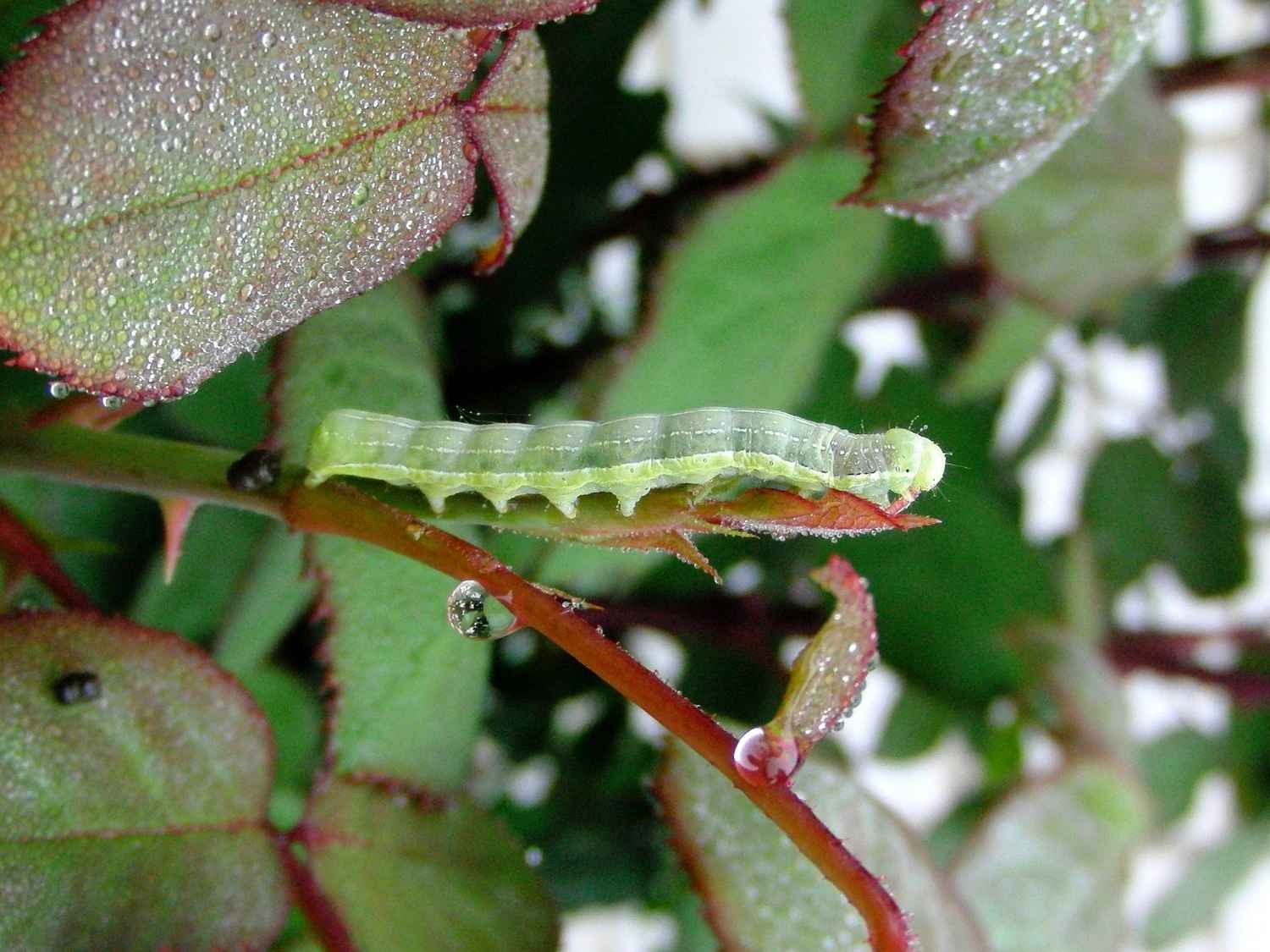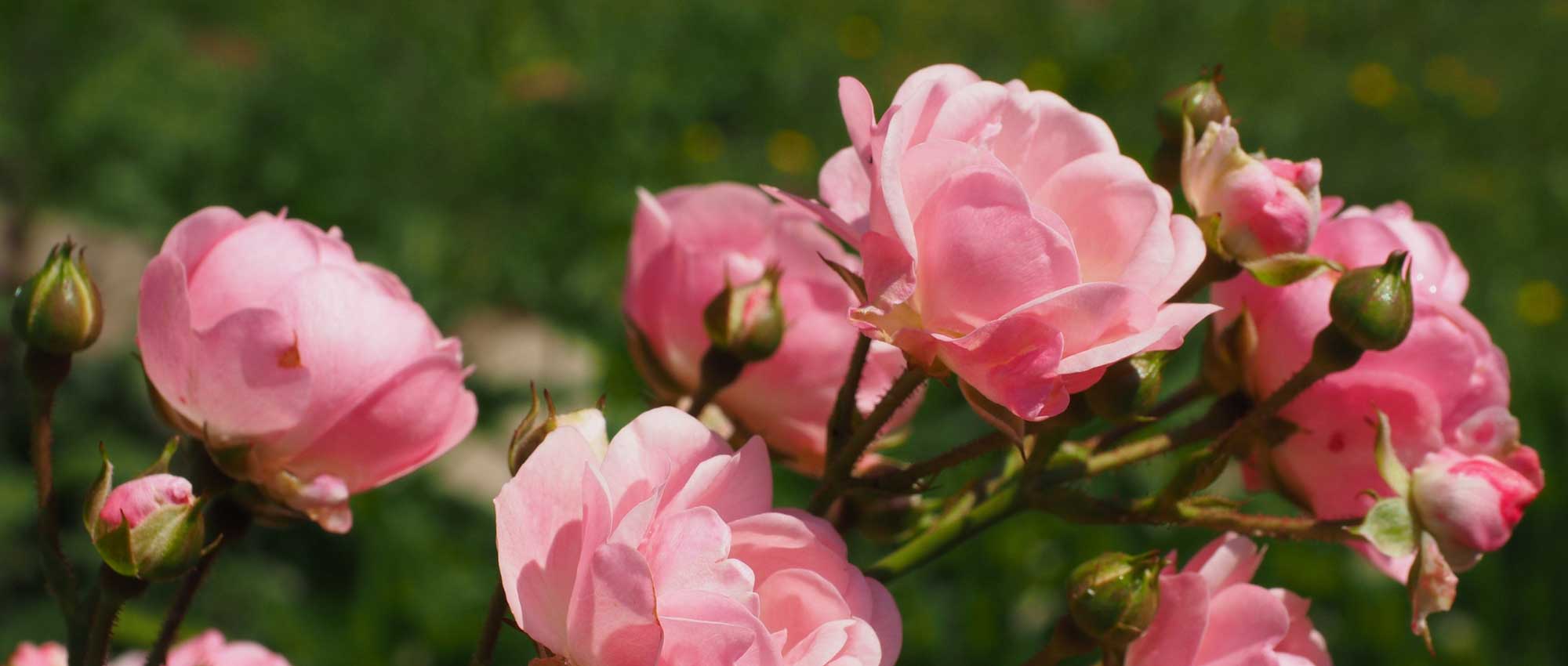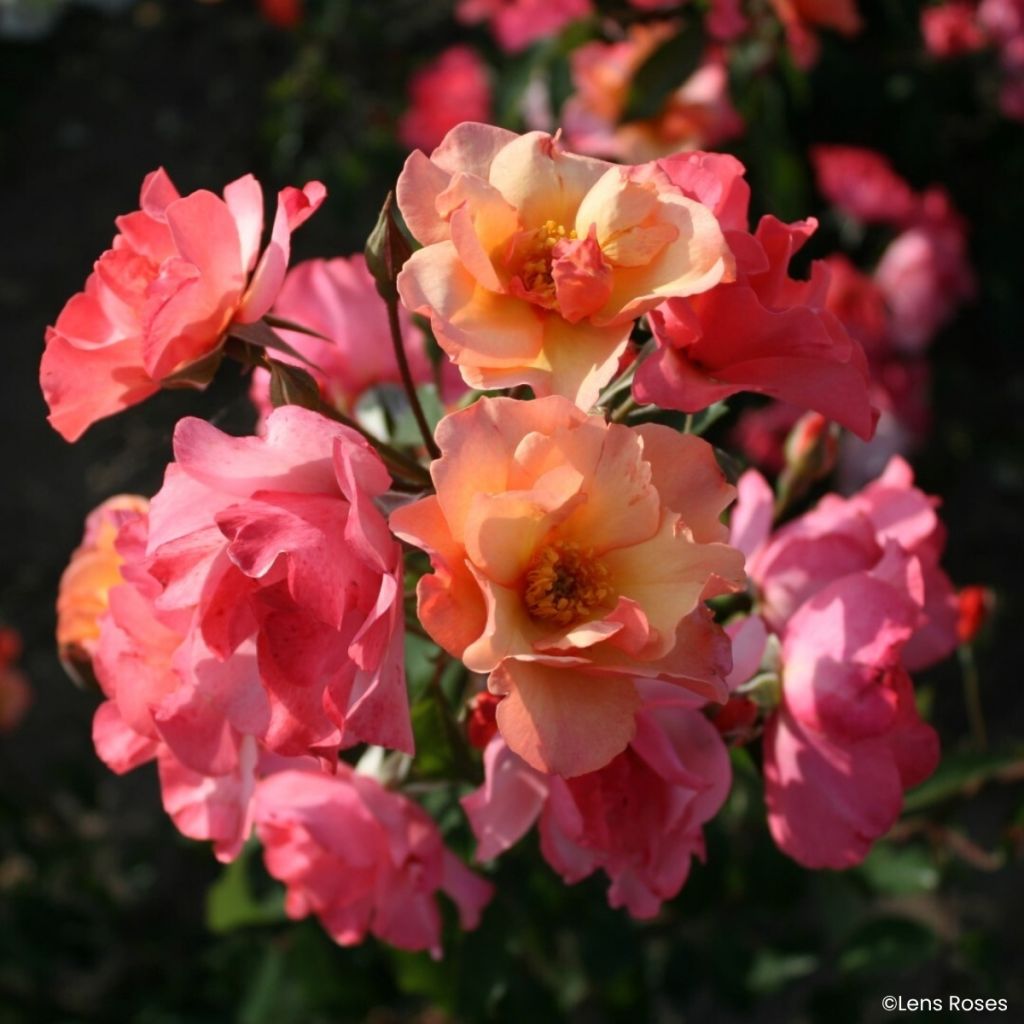

Rosa moschata Esch-sur-Sûre - Musk Rose


Rosa moschata Esch-sur-Sûre - Musk Rose
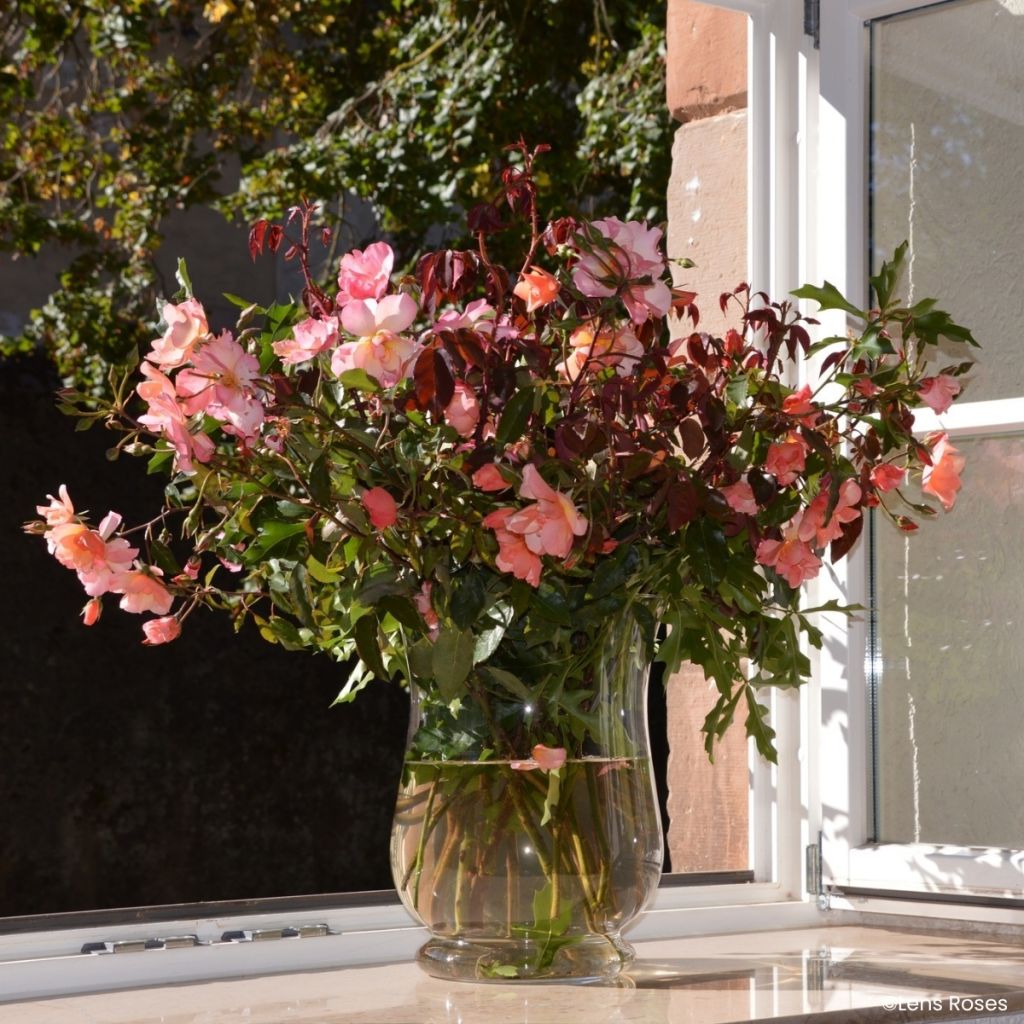

Rosa moschata Esch-sur-Sûre - Musk Rose
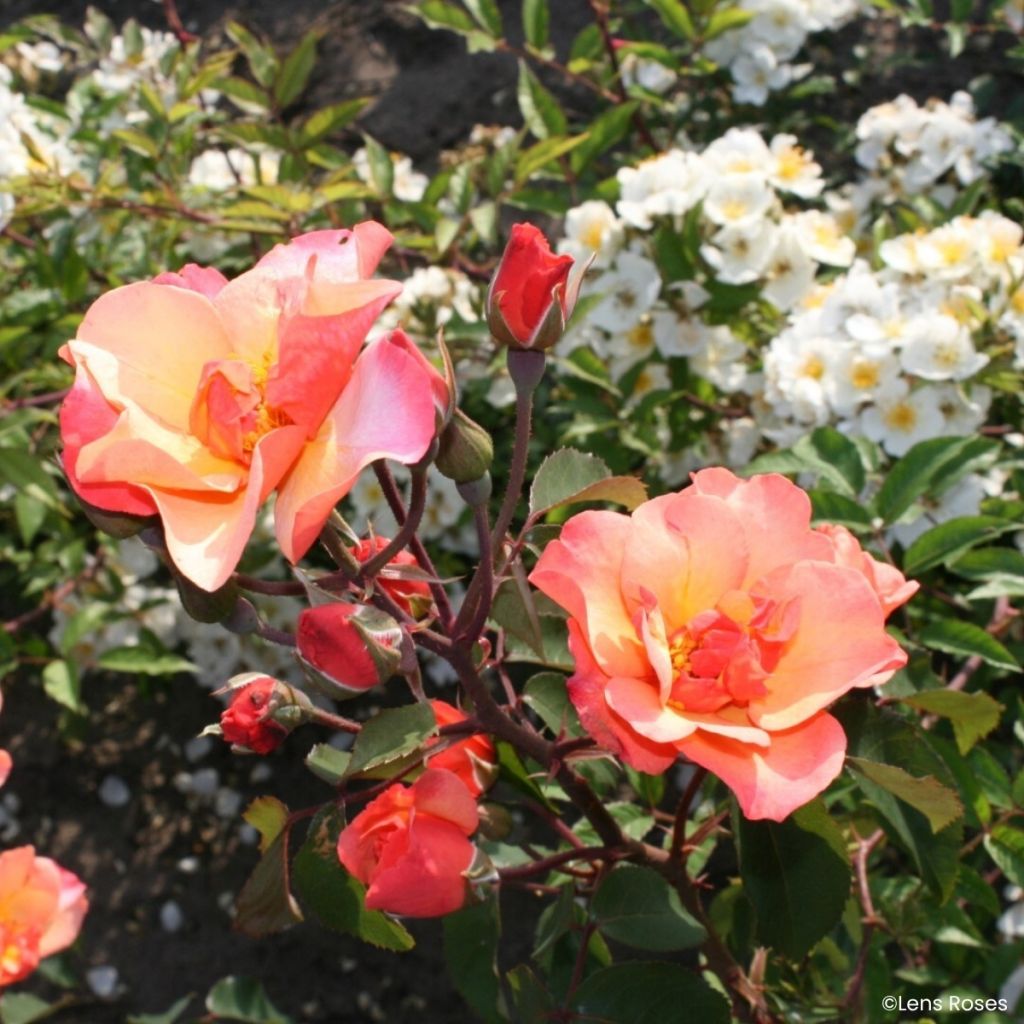

Rosa moschata Esch-sur-Sûre - Musk Rose
Rosa moschata Esch-sur-Sûre - Musk Rose
Rosa x moschata 'VEL23mkawa' Esch-sur-Sûre
Musk Rose
Special offer!
Receive a €20 voucher for any order over €90 (excluding delivery costs, credit notes, and plastic-free options)!
1- Add your favorite plants to your cart.
2- Once you have reached €90, confirm your order (you can even choose the delivery date!).
3- As soon as your order is shipped, you will receive an email containing your voucher code, valid for 3 months (90 days).
Your voucher is unique and can only be used once, for any order with a minimum value of €20, excluding delivery costs.
Can be combined with other current offers, non-divisible and non-refundable.
Home or relay delivery (depending on size and destination)
Schedule delivery date,
and select date in basket
We guarantee the quality of our plants for a full growing cycle, and will replace at our expense any plant that fails to recover under normal climatic and planting conditions.
Description
The 'Esch-sur-Sûre®' rose is a vigorous repeat flowering bush that never fails to impress. This moshata hybrid catches the eye with its single flowers that change colour over the days. It flowers early in the season and for a long period, with its purple young shoots adding extra colour to its flaming corollas. This easy-going variety excels in an informal hedge. Don't hesitate to cut its branches to create large cut flower arrangements!
The 'Esch-sur-Sûre' rose ('VEL23mkawa') was selected and marketed by Lens Roses in Belgium, a nursery continuing the work of Louis Lens and now run by Ann Velle-Boudolf and Rudy Velle; this cultivar was named on 24th September 2023 in the Luxembourg commune of Esch-sur-Sûre. The hybrid musk group to which it belongs descends from Rosa moschata and other species or old roses.
It's a bush with an upright habit, with branches that become slightly trailing when laden with flowers. Its growth is fairly rapid. The plant reaches between 1.50m and 1.80m in height with a spread of 1.20m to 1.50m at 8-10 years old. The vigorous stems are reddish-brown and heavily thorned. The young shoots progress from purple to bronze before greening. The deciduous foliage is dark green, semi-glossy, formed of 5 to 7 lanceolate leaflets. The elongated buds, orange-red in colour, open into single to semi-double flowers (9-11 petals), approximately 7cm in diameter, grouped in corymbs of 5 to 9 units. The petal colour evolves from bright orange to pastel orange, turning yellow, then pink when fully open; the cluster of golden stamens remains clearly visible at the centre of the flower, attracting pollinators. This flowering emits a light musky fragrance. The plant flowers from May to October-November. Small rosehips may form if the spent flower heads are not removed at the end of the season. Hardiness: down to -15°C.
The remarkable 'Esch-sur-Sûre®' rose deserves a prime position. Plant it as a standalone specimen or in groups of 3 in a sunny border, but also in a small flowering hedge. Pair it with other tall roses. 'Sally Holmes' or 'Kew Gardens', with their very light tones, will temper its warm colours. If you like orange and salmon tones, pair it with 'Westerland' or 'Buff Beauty'. To add bright red, choose the large botanical rose 'Moyesii Geranium', which is full and airy. A small herbaceous clematis 'New Love' will fill its base with very blue bell-shaped flowers.
'Esch-sur-Sûre' was officially named during the local "ESCH 23" celebrations, a nod to Luxembourg's rich rose-growing heritage and Lens Roses' historical connections with moschata hybrids.
Rosa moschata Esch-sur-Sûre - Musk Rose in pictures


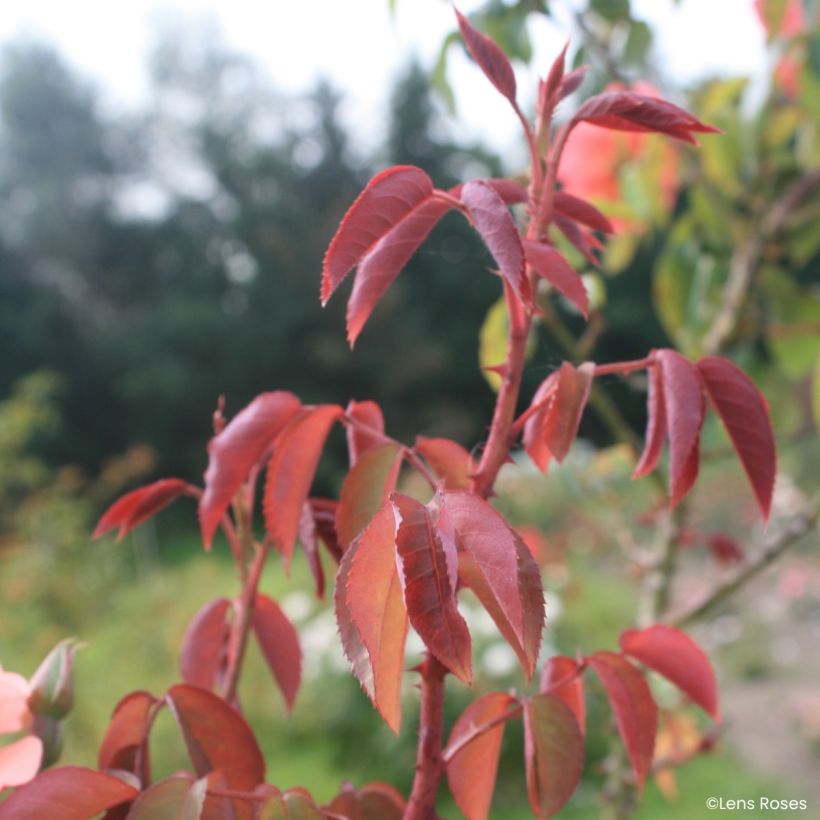

Planting and care
To plant your 'Esch-sur-Sûre rose', work your soil to a depth of 25 cm, breaking up the earth well and placing a base fertiliser such as dried blood or dehydrated horn at the bottom of the planting hole. Position your young plant after removing it from its pot, covering the top of the root ball with 3 cm of soil, backfill and water thoroughly to eliminate air pockets. In dry weather, water regularly for a few weeks to encourage root establishment. Also remember to feed your rosebush with special rose fertiliser which stimulates flowering in plants.
Choose a sunny position (at least 5 hours of sun per day).
Roses often develop spots or look unsightly by late summer, but this doesn't affect their development. These spots aren't harmful to the rose - it's a natural phenomenon. Follow all our advice for dealing with this and read our article: Help: I've got spots on my roses.
Planting & care advice
This item has not been reviewed yet - be the first to leave a review about it.
Haven't found what you were looking for?
Hardiness is the lowest winter temperature a plant can endure without suffering serious damage or even dying. However, hardiness is affected by location (a sheltered area, such as a patio), protection (winter cover) and soil type (hardiness is improved by well-drained soil).

Photo Sharing Terms & Conditions
In order to encourage gardeners to interact and share their experiences, Promesse de fleurs offers various media enabling content to be uploaded onto its Site - in particular via the ‘Photo sharing’ module.
The User agrees to refrain from:
- Posting any content that is illegal, prejudicial, insulting, racist, inciteful to hatred, revisionist, contrary to public decency, that infringes on privacy or on the privacy rights of third parties, in particular the publicity rights of persons and goods, intellectual property rights, or the right to privacy.
- Submitting content on behalf of a third party;
- Impersonate the identity of a third party and/or publish any personal information about a third party;
In general, the User undertakes to refrain from any unethical behaviour.
All Content (in particular text, comments, files, images, photos, videos, creative works, etc.), which may be subject to property or intellectual property rights, image or other private rights, shall remain the property of the User, subject to the limited rights granted by the terms of the licence granted by Promesse de fleurs as stated below. Users are at liberty to publish or not to publish such Content on the Site, notably via the ‘Photo Sharing’ facility, and accept that this Content shall be made public and freely accessible, notably on the Internet.
Users further acknowledge, undertake to have ,and guarantee that they hold all necessary rights and permissions to publish such material on the Site, in particular with regard to the legislation in force pertaining to any privacy, property, intellectual property, image, or contractual rights, or rights of any other nature. By publishing such Content on the Site, Users acknowledge accepting full liability as publishers of the Content within the meaning of the law, and grant Promesse de fleurs, free of charge, an inclusive, worldwide licence for the said Content for the entire duration of its publication, including all reproduction, representation, up/downloading, displaying, performing, transmission, and storage rights.
Users also grant permission for their name to be linked to the Content and accept that this link may not always be made available.
By engaging in posting material, Users consent to their Content becoming automatically accessible on the Internet, in particular on other sites and/or blogs and/or web pages of the Promesse de fleurs site, including in particular social pages and the Promesse de fleurs catalogue.
Users may secure the removal of entrusted content free of charge by issuing a simple request via our contact form.
The flowering period indicated on our website applies to countries and regions located in USDA zone 8 (France, the United Kingdom, Ireland, the Netherlands, etc.)
It will vary according to where you live:
- In zones 9 to 10 (Italy, Spain, Greece, etc.), flowering will occur about 2 to 4 weeks earlier.
- In zones 6 to 7 (Germany, Poland, Slovenia, and lower mountainous regions), flowering will be delayed by 2 to 3 weeks.
- In zone 5 (Central Europe, Scandinavia), blooming will be delayed by 3 to 5 weeks.
In temperate climates, pruning of spring-flowering shrubs (forsythia, spireas, etc.) should be done just after flowering.
Pruning of summer-flowering shrubs (Indian Lilac, Perovskia, etc.) can be done in winter or spring.
In cold regions as well as with frost-sensitive plants, avoid pruning too early when severe frosts may still occur.
The planting period indicated on our website applies to countries and regions located in USDA zone 8 (France, United Kingdom, Ireland, Netherlands).
It will vary according to where you live:
- In Mediterranean zones (Marseille, Madrid, Milan, etc.), autumn and winter are the best planting periods.
- In continental zones (Strasbourg, Munich, Vienna, etc.), delay planting by 2 to 3 weeks in spring and bring it forward by 2 to 4 weeks in autumn.
- In mountainous regions (the Alps, Pyrenees, Carpathians, etc.), it is best to plant in late spring (May-June) or late summer (August-September).
The harvesting period indicated on our website applies to countries and regions in USDA zone 8 (France, England, Ireland, the Netherlands).
In colder areas (Scandinavia, Poland, Austria...) fruit and vegetable harvests are likely to be delayed by 3-4 weeks.
In warmer areas (Italy, Spain, Greece, etc.), harvesting will probably take place earlier, depending on weather conditions.
The sowing periods indicated on our website apply to countries and regions within USDA Zone 8 (France, UK, Ireland, Netherlands).
In colder areas (Scandinavia, Poland, Austria...), delay any outdoor sowing by 3-4 weeks, or sow under glass.
In warmer climes (Italy, Spain, Greece, etc.), bring outdoor sowing forward by a few weeks.

































